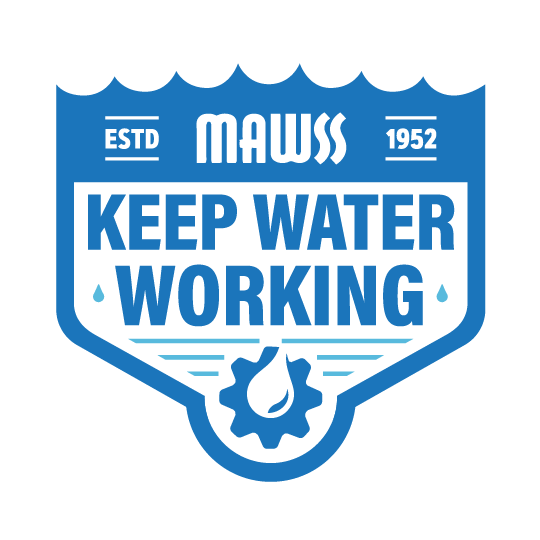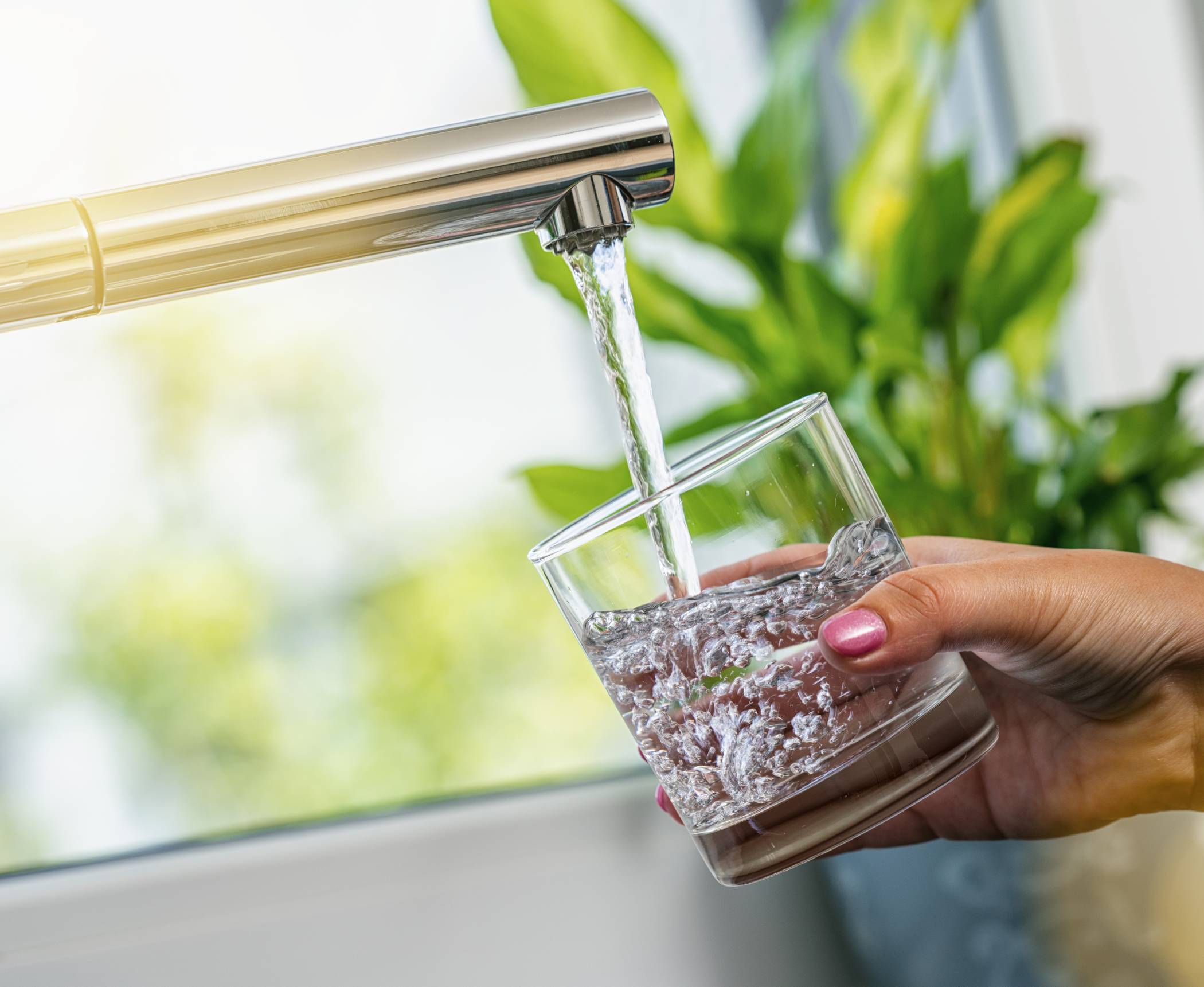
In 1991, The U.S. Environmental Protection Agency (EPA) published the Lead and Copper Rule which is a regulation to control lead amounts in drinking water. Since then, the Lead and Copper Rule has been in effect to determine the exact water chemistry of every household to ensure each has access to safe drinking water by undergoing several measures of testing and monitoring.
MAWSS successfully complies with the Lead and Copper Rule issued by the EPA as advised by the Alabama Department of Environmental Management (ADEM). Additionally, MAWSS is actively taking inventory of lead levels in our community to ensure safety.

Water quality samples are taken from every household for detailed testing and monitoring to ensure compliance and adherence to the appropriate standard levels issued by the EPA. The treatment technique used requires the monitored household water to not exceed action levels of 15 ppb or copper concentrations to exceed an action level of 1.3 ppm. If higher levels are detected, further action is required to restore drinking water to safe levels for consumption.

Once results are confirmed, MAWSS is required to send an announcement, by mail, with report details to ensure every resident has an opportunity to review their personal household water results. The state of Alabama requires all certified laboratories who conduct analysis to notify the state to ensure any affected household receives information promptly.

MAWSS’ greatest interests and priorities are protecting the health of our communities through safe drinking water. Additional actions may be needed, including taking further steps for corrosion control treatment on affected water systems, educating our community about risk factors and replacing portions of lead service lines. An annual water quality report will be prepared and provided for all MAWSS consumers.
Although lead service lines have never been found in our water system, MAWSS feels it is our duty to inform the community of the process in which lead can potentially affect drinking water.
Lead can potentially enter into drinking water through outdated lead water service lines, patching materials and old home plumbing and fixtures. The utilization of lead and lead patches in plumbing was ended in 1986. MAWSS consistently takes an inventory of the current lead status among homes in the area.

Copyright © 2023 All Rights MAWSS.